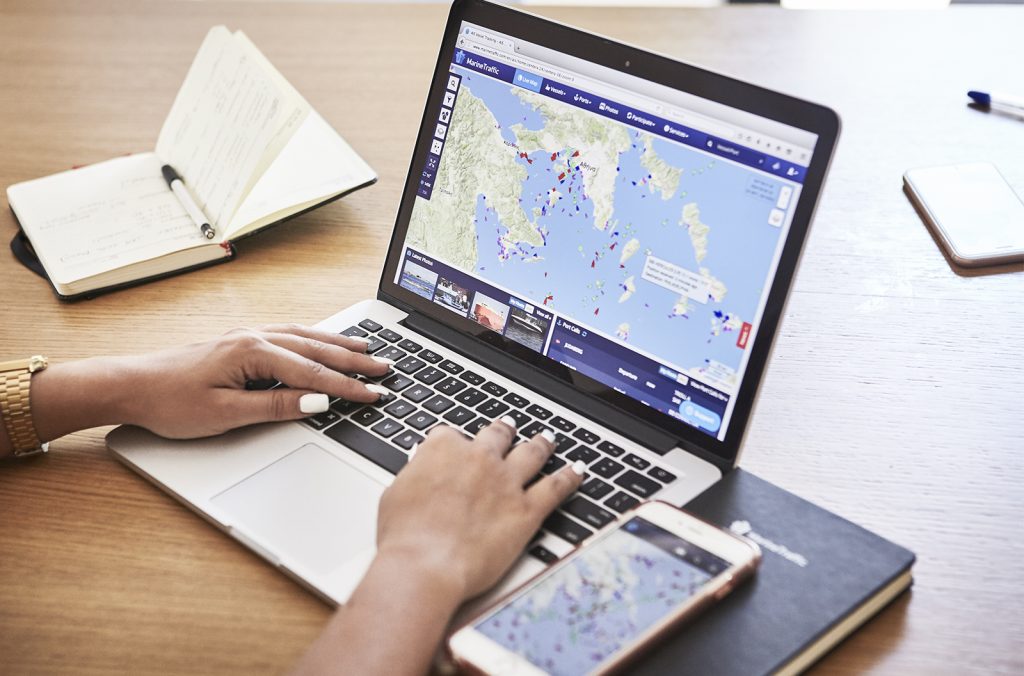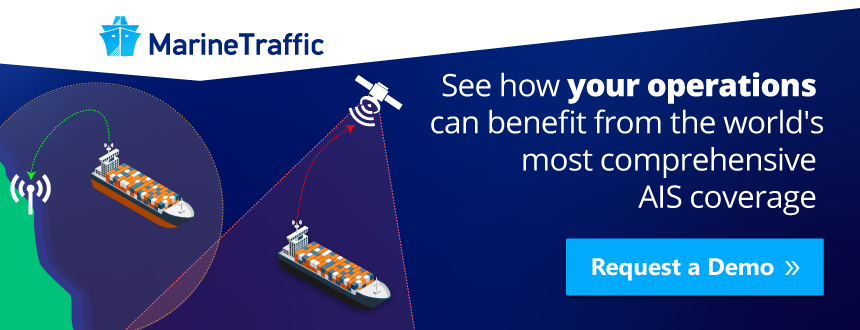This blog post was updated on 5/6/2019
Shipping, or the movement of people and goods by sea, is one of the most ancient and widely used forms of transportation. From the days of the Phoenicians right through to the European explorers discovering the ‘new world,’ man sailed the seas on ships equipped with little more than a compass to help with guidance.
As shipping grew to become the primary mode of transporting goods, now moving approximately 90 per cent of total world trade by volume, it also evolved. With an increase in the number of vessels sailing at a time, came an increased demand for innovation in the field of maritime surveillance. Today shipping companies deploy modern technologies to ensure enhanced monitoring, efficiency and security of their fleet.
The greatest change arrived when the maritime industry introduced the Automatic Identification System (AIS), an automated, autonomous tracking system which is now extensively used in the maritime world for the exchange of navigational informational between AIS-equipped terminals. Thanks to it, static and dynamic vessel information can be electronically exchanged between AIS-receiving stations (onboard, ashore or satellite).
Related: Vessel details that can be changed in AIS transponders
But what impact has this had on shipping? We asked four members of the MarineTraffic team to list the top four ways they think AIS has changed shipping.
-
Safety
An obvious one given that in 2004 the International Maritime Organisation made AIS mandatory for all passenger and commercial vessels over 299 Gross Tonnage, in an effort to increase safety at sea. “Undoubtedly AIS has played a large role in improving safety at sea, helping with collision avoidance and also Search And Rescue operations globally,” said Chris Kavalaris, Customer Success Manager.
-
Transparency
Although shipping has historically been a very opaque industry, the introduction of AIS and the tracking of vessels has brought about increased levels of transparency, which have had an enormous impact on the industry, and MarineTraffic is proud to have played a role in it. “We believe that by creating the most complete possible image of global shipping, this transparency will usher in enormous benefits for all, allowing everyone to operate more safely and efficiently,” said Nicola Perobelli, Head of Marketing.

-
Accountability
Greater transparency has resulted in increased accountability, with the actions of everyone from the crew right up to shipping executives being under greater scrutiny. This in turn has resulted in shipping companies looking to become safer and more efficient. “With the levels of transparency made possible by AIS, shippers and carriers now provide more accurate information and, as a result, accountability, trust, and ultimately confidence in the market improve,” said Daniel Shirley, Product Marketing Manager.
-
Data-driven decisions
Through the use of AIS technology, MarineTraffic tracks more than 100,000 vessel voyages per day, receiving more than 600 million vessel positions per day. That is a lot of data – Data that can be used to paint a more detailed picture of the global shipping industry. “Through AIS exploitation, MarineTraffic managed to turn a protocol designed for collision avoidance into a mainstream tracking means. The gathering of positional data from all commercial vessels created an unbiased, and previously non-existent picture of global maritime activity. This raised awareness and enabled more sectors of the maritime domain to make decisions based on near real-time data,” said Stellios Stratidakis, Data Team Leader.
Are you thinking of investing in an AIS provider? Here are the top seven things to consider first

